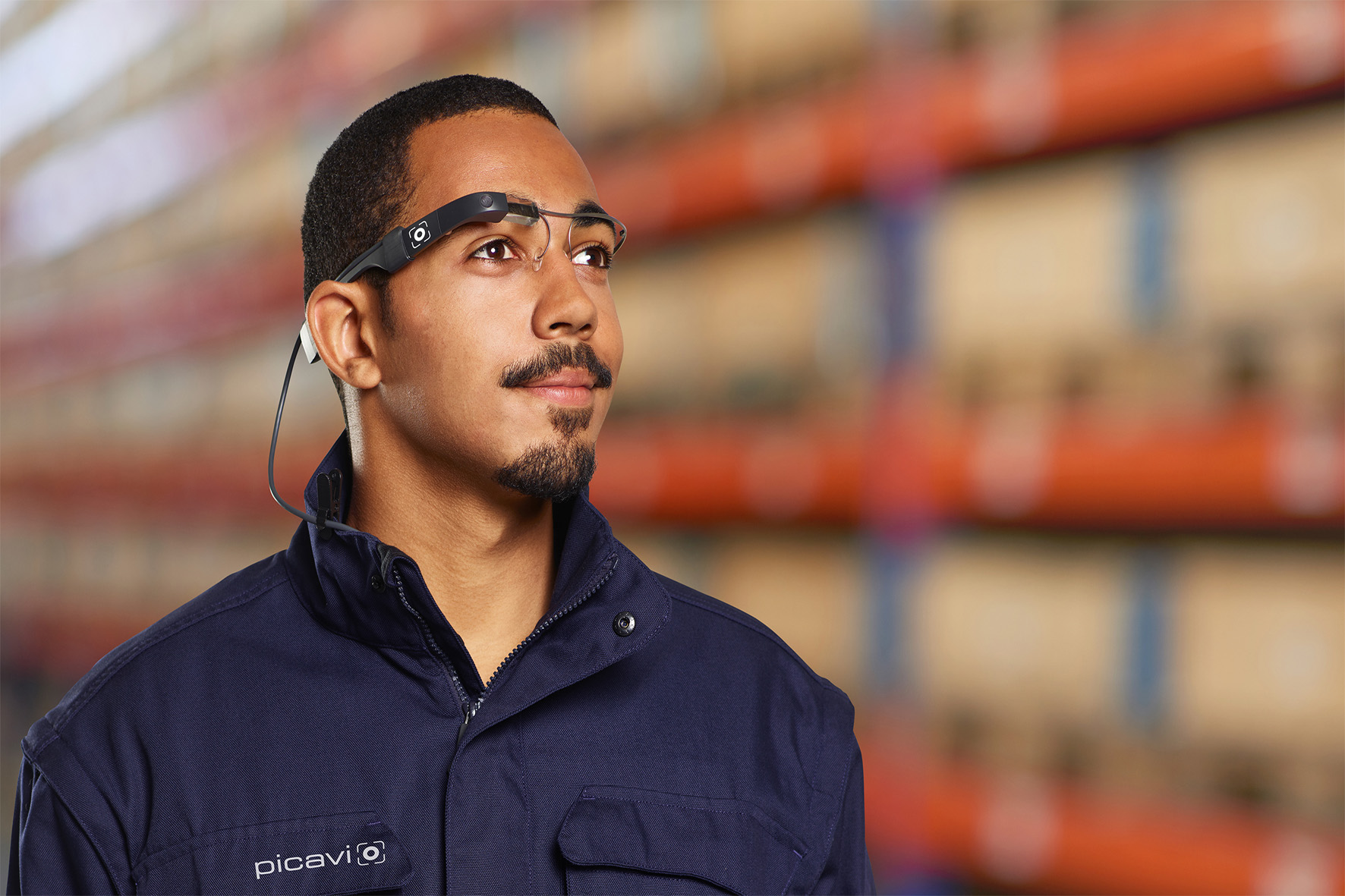When using digital twins for testing process changes, human workers are a variable that the technology often cannot take into account. Previously, it was difficult to incorporate the specific activities and movements in the warehouse. Pick-by-vision specialist Picavi is working to change this by implementing the human digital twin: the digital representation of a human being. In logistics, this could be a warehouse worker going about their day-to-day tasks, for example.
All of the actions relevant to their tasks are reflected in the human digital twin. These can include transport routes and times, as well as movements or scans. This data is combined with all the important operating parameters. Even tiny details can help identify areas for improvement, such as WLAN coverage or warehouse resources. This creates a highly accurate, virtual representation of the worker that is continuously improved and updated.

Simple data collection
The human aspect of process analysis has often been neglected in many businesses in logistics and industry. Although concerns about data privacy are often given as a reason for this, especially in Europe, the true cause lies deeper. For a long time, collecting the data necessary for the human digital twin was next to impossible.
“While working together with various companies, we realized that it was not easy to collect the information,” explains Carsten Funke, Chief Sales Officer (CSO) at Picavi. “This is unbelievable, as if you have the right technology, you can access the data quite easily.”
Support for human warehouse workers
As human digital twins are based on real process data, they ensure a much more realistic and better understanding of processes. Objective data can be used to uncover areas for improvement. In future, the human digital twin will provide a safe environment in which to test process changes.

Once these tests are successfully completed, the changes can be implemented in the real warehouse. This proactively minimizes the risk of failures or downtimes in the logistics process. The human digital twin also makes training new team members easier, as the training is based on digital empirical values. “The human digital twin lets logistics companies make life easier for their employees and design processes in a more ergonomic way. It is the perfect aid for human workers,” explains Funke. “That is why we are working on making the human digital twin a practical tool in logistics.” ✷

